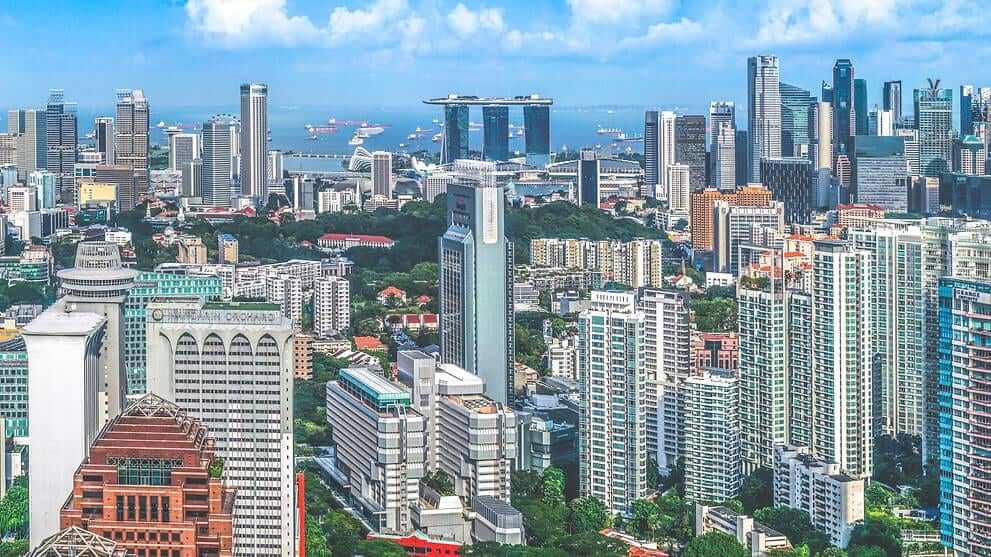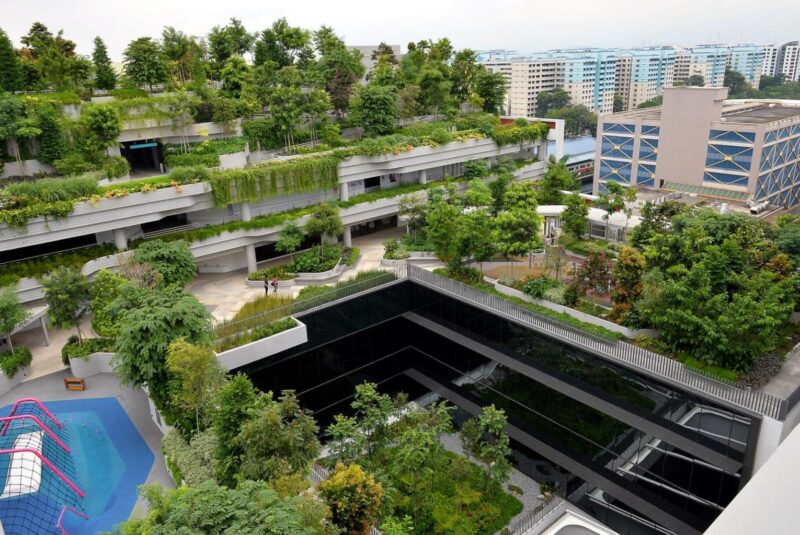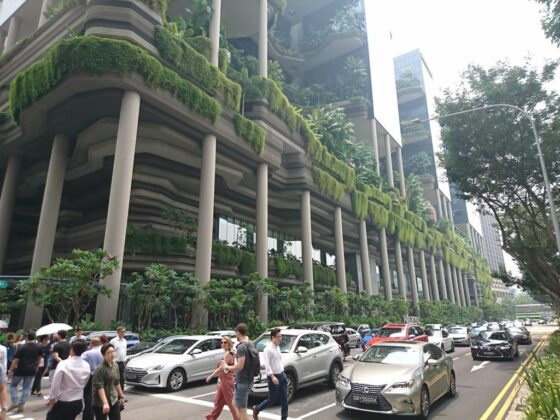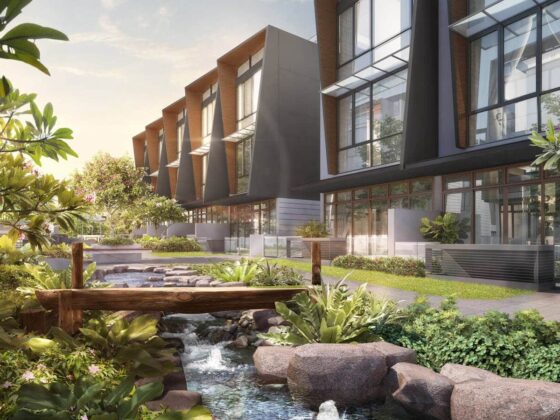In Singapore’s dynamic property market, leasehold developments continue to attract steady demand. While freehold ownership carries prestige, many buyers recognize that long-tenure leaseholds can offer strong value, excellent locations, and practical investment potential.
River Modern is an example of how a 99-year leasehold project can combine prime location, modern amenities, and long-term growth potential. It reflects how thoughtful development and strategic planning make leaseholds an appealing choice for today’s property buyers.
1. Affordability and Accessibility in Prime Locations

One of the main advantages of leasehold properties is affordability. Compared to freehold units, they are typically priced lower, allowing buyers to access central or well-connected districts without overextending financially. This affordability opens opportunities for younger families, first-time homeowners, and investors seeking strong returns.
In Singapore, many leasehold developments are built on government land under the Government Land Sales (GLS) program. These plots are often located near transport nodes, schools, and lifestyle hubs. Buyers gain the benefit of strategic positioning while paying less than they would for nearby freehold properties.
For investors, the lower entry price can translate to better rental yields. Properties in convenient, high-demand locations often enjoy consistent occupancy, especially from expatriates and working professionals.
2. Quality, Maintenance, and Developer Standards

Modern leasehold projects in Singapore are known for their high build quality and comprehensive facilities. Developers ensure that amenities such as pools, gyms, and landscaped gardens meet the expectations of today’s urban buyers. This consistent quality has helped shift perception—leasehold no longer means lower standards.
Projects like River Modern demonstrate this shift clearly. Designed with long-term comfort in mind, such developments provide durability and smart living spaces that maintain appeal over decades. Developers also invest in efficient management and maintenance systems, ensuring the property retains its value and livability as it matures.
The limited tenure also encourages continuous urban renewal. When leases approach expiry, older properties are often redeveloped or upgraded, allowing areas to evolve with changing lifestyles and design standards.
3. Long-Term Stability and Investment Value

Although leasehold tenure has a defined lifespan, well-located projects continue to perform strongly in both price appreciation and rental value. Demand remains stable because of Singapore’s population density, economic stability, and limited land supply.
From an investment standpoint, the leasehold structure provides flexibility. Buyers can enter the market at a lower cost, enjoy long-term usage, and still realize significant capital gains when selling before lease decay becomes a factor.
Government oversight also ensures fairness and transparency in leasehold management. Policies surrounding lease renewal and redevelopment options give owners clear expectations for the future. As long as demand for central and accessible living remains strong, long-tenure leaseholds will continue to hold their ground.
Conclusion
Long-tenure leaseholds remain an essential part of Singapore’s property ecosystem. They balance affordability, location, and long-term livability, making them attractive to both homeowners and investors. With modern design, sustainable planning, and excellent connectivity, these developments offer more than temporary value—they deliver practical, lasting benefits.
Projects like River Modern illustrate how the right leasehold property can provide all the advantages of modern living without compromising quality or future growth. As Singapore continues to evolve, well-developed leaseholds will remain a smart and accessible option for discerning buyers.


